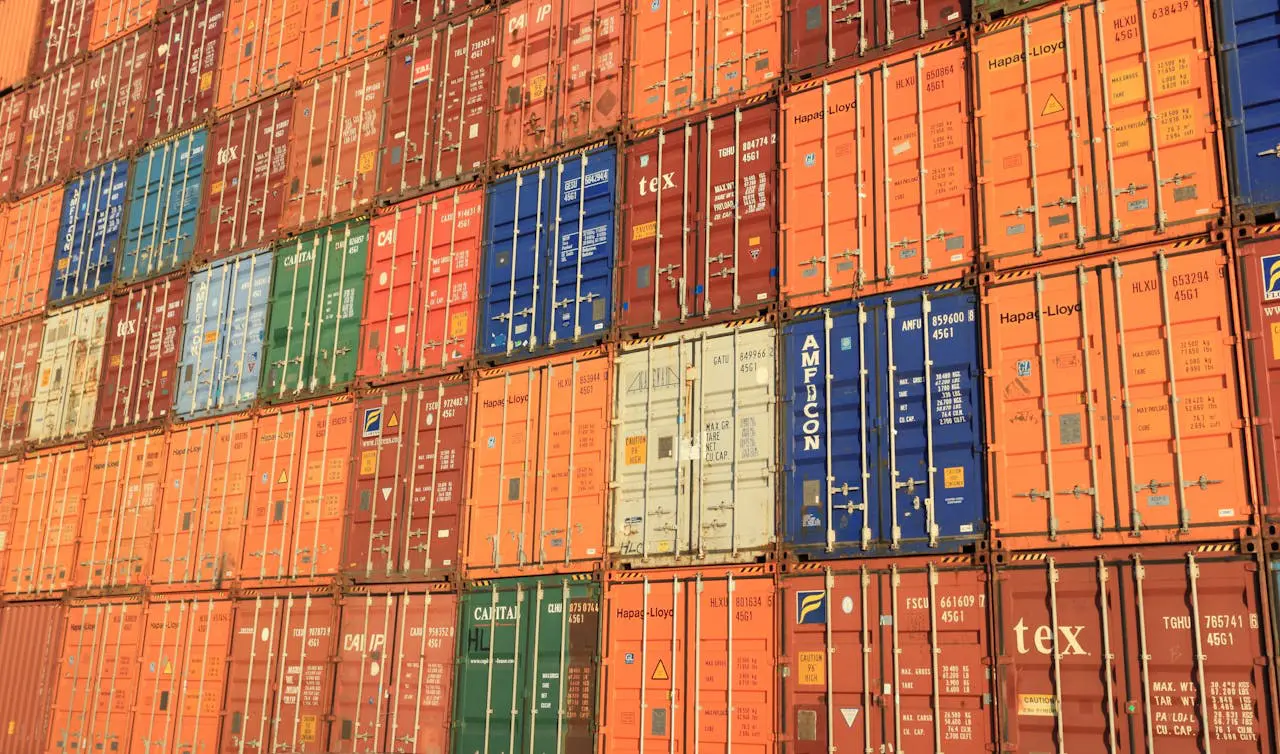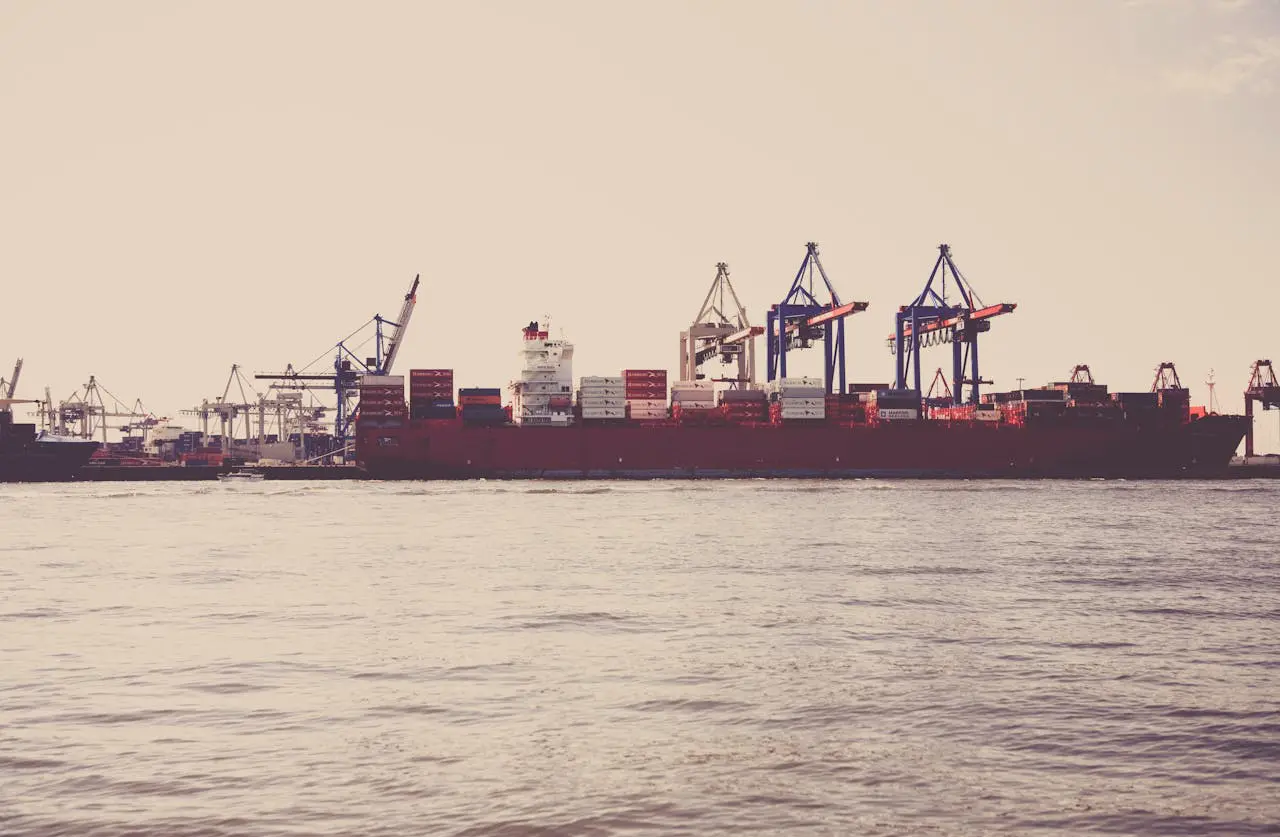Data is one of the most powerful tools a business can leverage. Companies that rely on guesswork or outdated freight strategies often end up overspending, facing delays, or struggling with inefficiencies.
By making data-driven freight decisions, businesses can achieve significant cost savings without compromising service quality. Here’s how harnessing logistics analytics can streamline operations and improve bottom-line results.
1. Identifying Cost-Saving Opportunities
Many businesses don’t realise where they are losing money in their freight operations. Data analytics helps pinpoint inefficiencies, enabling businesses to make strategic improvements that reduce costs.
Key areas where data can uncover savings:
- Freight consolidation: Identifying opportunities to combine shipments reduces unnecessary expenses.
- Carrier performance tracking: Comparing on-time delivery rates and service levels ensures businesses are using the best-value carriers.
- Route optimisation: Analysing traffic patterns, fuel usage, and delivery times helps determine the most efficient delivery paths.
With data-driven insights, businesses can eliminate waste and make smarter cost-cutting decisions.
2. Optimising Carrier Selection and Performance
Choosing the right freight carrier is critical to maintaining both service quality and cost efficiency. A business that relies on a single carrier or makes decisions based on price alone may face delays, damaged goods, or hidden fees.
Using data analytics, businesses can:
- Compare carrier performance based on reliability, transit times, and cost per shipment.
- Negotiate better rates by analysing volume trends and leveraging data to secure favourable terms.
- Monitor service failures to proactively switch carriers if performance declines.
By selecting carriers based on real-world performance data rather than assumptions, businesses can ensure they get maximum value for their freight spend.
3. Reducing Delays and Improving Delivery Accuracy
Late shipments can lead to customer dissatisfaction, lost sales, and added operational costs. Data-driven freight management helps businesses avoid delays by providing predictive insights into potential disruptions.
With real-time tracking and analytics, businesses can:
- Identify bottlenecks in the supply chain and address issues before they escalate.
- Improve delivery windows by adjusting schedules based on historical performance data.
- Reduce failed deliveries by using AI-driven address validation and delivery confirmation tools.
By leveraging real-time and historical data, businesses can improve on-time performance while keeping costs in check.
4. Enhancing Inventory and Demand Planning
Poor inventory planning often leads to expedited shipping costs or stock shortages, both of which can impact customer satisfaction and profitability.
Data-driven freight decisions help businesses:
- Forecast demand more accurately, ensuring they have the right stock levels.
- Avoid rush orders, which often come with premium freight costs.
- Align shipping schedules with inventory replenishment needs to reduce excess stock holding costs.
Smarter inventory management through data analytics leads to smoother supply chain operations and reduced logistics expenses.
5. Increasing Transparency and Accountability
Data-driven freight management fosters greater transparency across the entire supply chain.
By tracking KPIs such as delivery times, freight spend, and service failures, businesses can:
- Hold carriers accountable for their performance.
- Ensure accurate freight invoicing, reducing disputes and overcharges.
- Provide real-time updates to customers, enhancing their delivery experience.
Transparency through data not only builds stronger supplier relationships but also boosts customer trust and loyalty.
Conslusion
Data-driven freight decisions are no longer a luxury—they are essential for any business looking to cut costs, enhance efficiency, and improve service levels.
By using logistics analytics, companies can identify savings, optimise carrier selection, prevent costly delays, and improve overall supply chain visibility.





